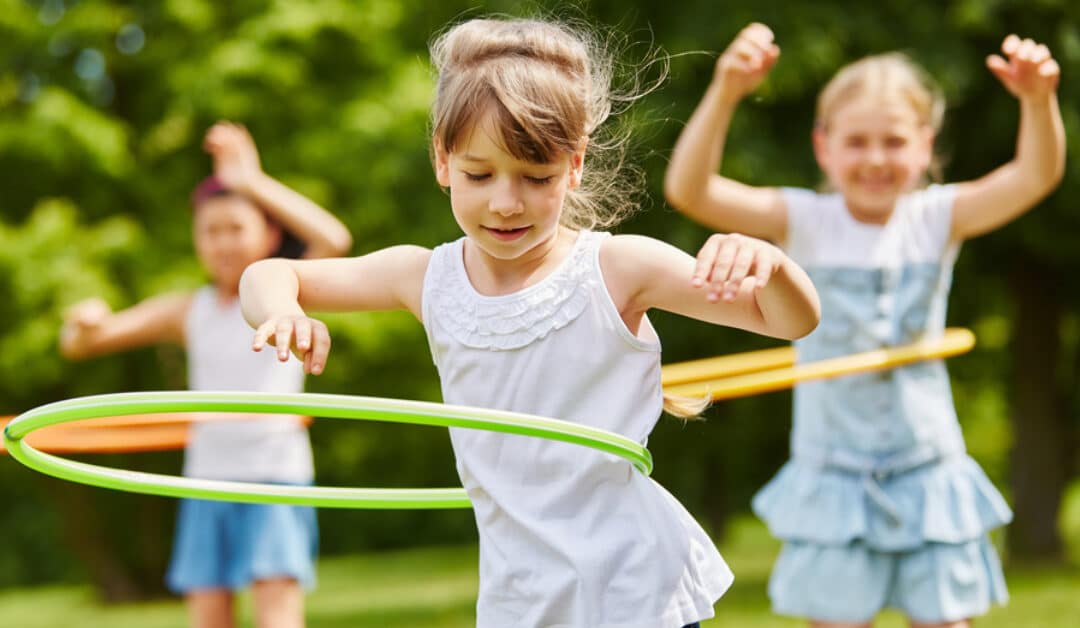Learning Spanish holds lots of benefits for kids. In the long term, Spanish fluency will open the door to educational and career opportunities. And, more immediately, learning Spanish can help kids build relationships with friends, family and neighbors, as well as expand their cultural horizons.
Since you’re reading this blog article, we’re betting that you are already sold on the benefits of learning Spanish. But you may be wondering how you can best help your kids learn Spanish faster. And if you took some Spanish classes in high school or college but barely remember a word today, you’re no doubt looking for ways to keep your kids from repeating that experience.
So what’s the secret to making sure that your kids actually learn Spanish? Does it all come down to getting them into the school with the best Spanish program? As longtime Spanish language teachers/coaches, here’s what we deeply believe: Yes, your kids’ classroom experiences with Spanish are important. But they’re only part of the equation – remember, they didn’t learn English in the classroom! You can help your children learn Spanish even faster by giving them opportunities to use the language while doing what they do best: playing!
Let us explain more …
Learning Spanish in the Classroom
If at all possible, your children should attend a school that offers Spanish classes, no matter what grade level your kids are in. Thankfully, Spanish lessons in school are becoming more and more common.
However, all Spanish language programs are not created equally. As you might remember from your own school days, memorizing lists of vocabulary words doesn’t do a lot to build actual Spanish fluency. Instead, you want to enroll your kids in a Spanish Immersion Program. Immersion means that your kids are in an environment where Spanish is all around them (just like they learned English, or their first language).
Some Spanish immersion programs are one-way, which means that the kids in the classroom are English speakers who are being taught in Spanish. Other immersion programs are two-way. That means that the classroom has both children who are native English speakers and children whose native language is Spanish. Instruction happens in different languages at different times.
For example, at Lakewood Elementary School in our home city of Dallas, students in the immersion program in grades K-two are taught reading/language arts, social studies, and science in Spanish and math in English. (It’s important to note that immersion programs are structured in a variety of ways. Your local school may or may not handle Spanish immersion the way that Lakewood does.)
TruFluency Kids has a growing list of resources you can use to find Spanish immersion programs for your kids. Here are the city guides we’ve created so far. But check back with us frequently as we add more:
Learning Spanish Through Play
Now let’s talk about the other key factor in helping your kids learn Spanish: play. Practicing Spanish in the classroom is great, but using it in everyday life, especially when they are having fun, is even better for your kids.
When you think about it, this makes total sense. After all, your children didn’t learn English because you gave them a list of words to memorize. Instead, you — and the other adults and big kids in your children’s lives — interacted with them using English. You played games, sang songs, made lunch, talked about your day, and read stories that used simple vocabulary. As you did, your kids had fun connecting with you. And their English skills grew almost effortlessly.
The same holds true for learning Spanish. If you can find ways to bring Spanish into the activities they already enjoy, they’ll be more motivated to learn. And you don’t have to be fluent in Spanish yourself to do this. For example, if you master just a few pronunciation rules, you can read your kid’s stories in Spanish. (And, trust us, Spanish pronunciation is much less confusing than English pronunciation is!)
Learning Spanish through play works for older kids and teens, too. Just think about your kids’ favorite hobbies and interests and how you could add an element of Spanish learning to them. Making a delicious recipe together is just one example of an activity you can adapt no matter what age your young Spanish learners are.
Check out some of our past articles for ideas about incorporating Spanish into your kids’ play or leisure time:
How We Teach Spanish at TruFluency Kids
If you want to supplement your kids’ Spanish classes at school, or if their school does not offer Spanish instruction, they can still get all the benefits of Spanish immersion instruction through online classes with TruFluency Kids.
Our motto is “Don’t study Spanish. Acquire it by living it.” And those are the words that drive our high-energy, engaging coaching approach. Your kids will enjoy activities like making crafts and food as they master Spanish. Learn more about how our classes work and choose your child’s Spanish class schedule now!


